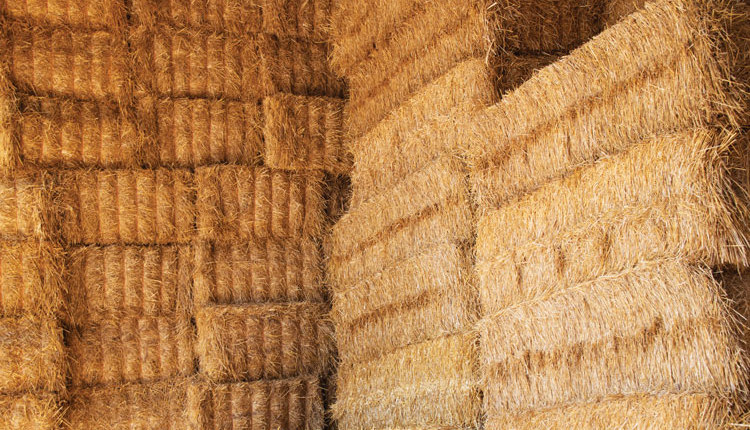
When a dairy heifer has its first calf, its world changes dramatically. A first-lactation heifer is likely to face different housing, a new social environment, more human interaction and an unfamiliar ration.
Perhaps the biggest change of all is adjusting to the milking routine. The sights, sounds and physical act of milking can be a stressful experience for a recently fresh heifer.
To help ease this transition, some farms introduce heifers to the milking barn or parlor prior to calving. Does this help reduce the nervous behaviors associated with milking time stress?
A group in Switzerland looked at the benefits of training heifers to enter the milking parlor before calving. In their study published in the Journal of Dairy Science, trained heifers experienced the milking parlor at least 10 days prepartum, while untrained heifers entered the parlor for the first time after calving.
Behavioral observations recorded while heifers were in the milking parlor included stepping and/or kicking during udder preparation and milking. Expressive behaviors, including body posture (straight or curved back), tail carriage (hanging versus tucked between back legs), ear posture (flat versus hanging or turned forward), head posture (relaxed versus lowered) and eye aperture (half open versus wide open) were documented at parlor entry, during milking, and when exiting the parlor.
Cardiac activity was monitored noninvasively with transmitters, and milk yield was recorded. A human avoidance distance test was also conducted on Day 1, 7 and 28 postpartum to classify heifers' initial fear of humans as high or low.
The trained heifers in the study stepped and kicked less often during milking than the untrained heifers. They were also less likely to show some of the expressive behaviors (ears lying flat on head, tail clamped between hind legs and eyes wide open) typically associated with negative situations. The study did not find significant differences in heart rate, milk yield or human avoidance between the two groups.
These results indicate that the training regimen helped acclimate heifers to the milking parlor to some extent, but the researchers felt that a longer training period or more intense training would show even more benefit.
This is something for dairymen to consider as they bring the next generation into their milking herd. Lower stress levels in heifers will likely lead to lower stress levels for the people milking them, too!

The author is an associate editor and covers animal health, dairy housing and equipment, and nutrient management. She grew up on a dairy farm near Plymouth, Wis., and previously served as a University of Wisconsin agricultural extension agent. She received a master's degree from North Carolina State University and a bachelor's from University of Wisconsin-Madison.









